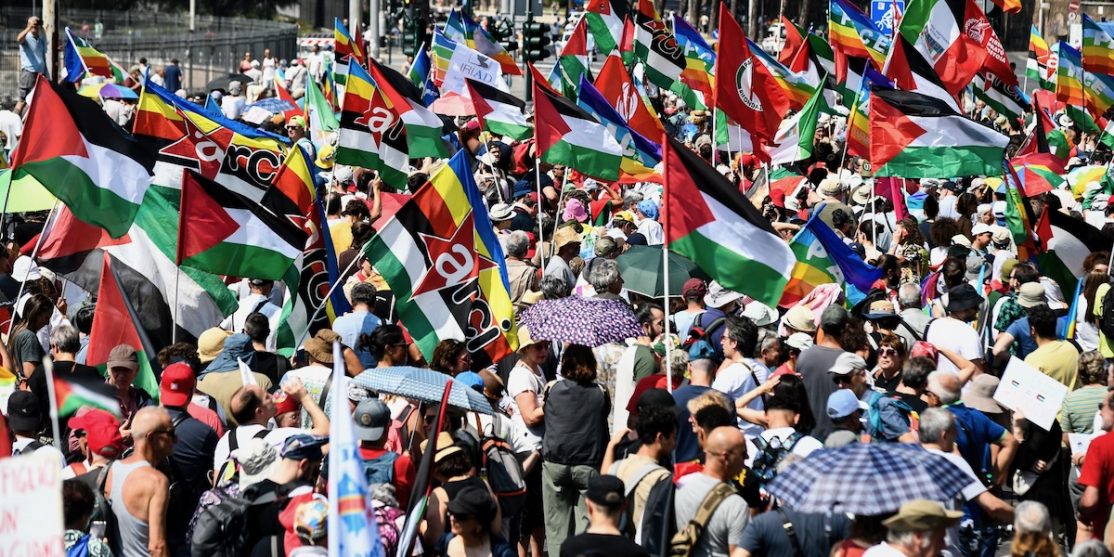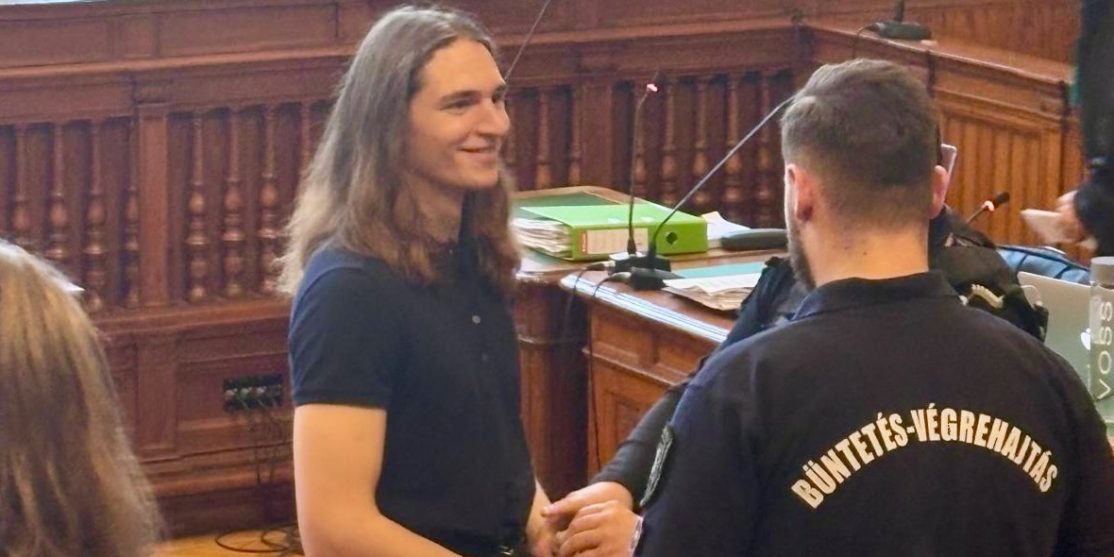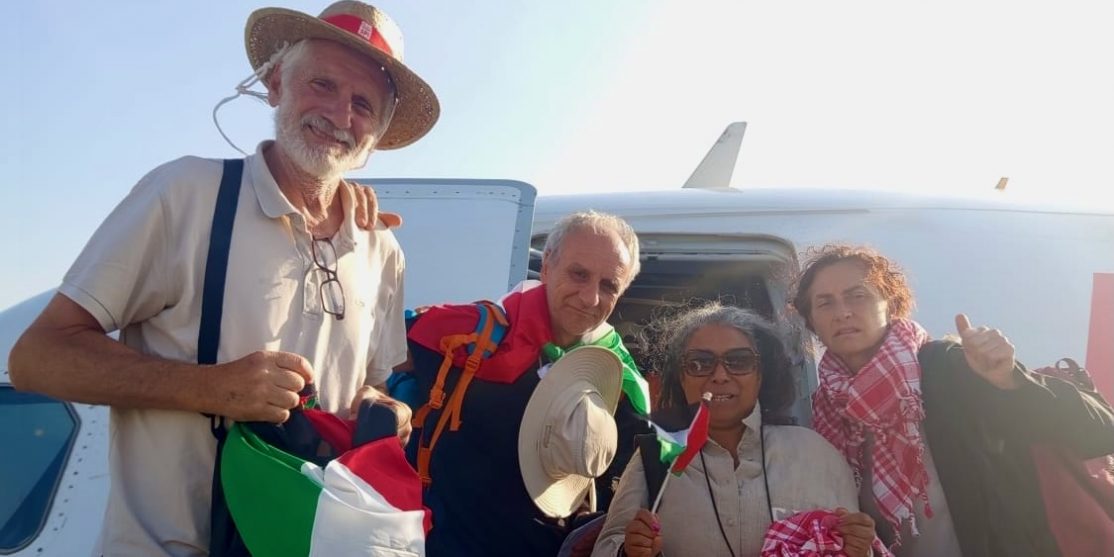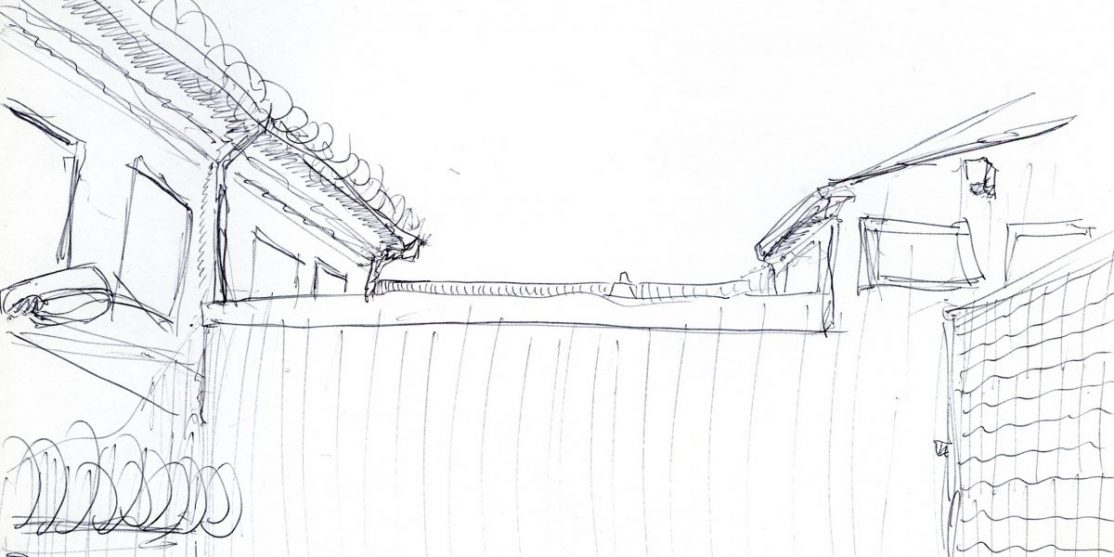EUROPA
Make it in Europe
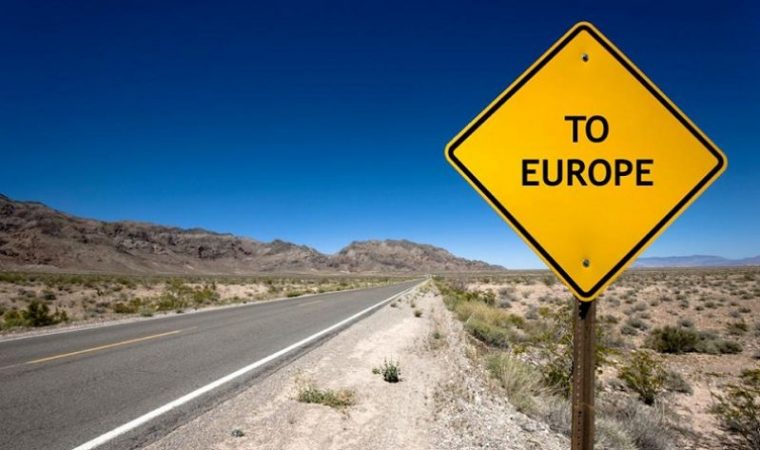
The scale is given: no nostalgia for sovereignty, no return to the old patria and to national identities. The results of European elections, expressed by an electorate that seems to be as volatile as financial markets, speak of this. Elections marked by the further rise of the far right and of nationalist parties in western countries, but also by the emergence of interesting experiences for the left in southern countries – as in the case of Syriza in Greece or Podemos in Spain.
This is the scenario we must come to terms with, when fighting against the EU’s neoliberal governance, with its privatization of public services and welfare institutions and its rigid control over workforce mobility. And this is the scenario the European Parliament will have to deal with, in a situation where European and global institutions have been the object of an authoritarian shift following the economic crisis, with the Troika not only imposing structural reforms but real and proper political governments of its choice upon several countries. If financial speculation over the Euro seems to be calming down, this is not because financial markets have been regulated, but rather because liberal representative institutions have been sacrificed in the name of profit.
Should we therefore wage a battle for a return to the centrality of national parliaments as the only places where citizens can be represented, at a time when representation in itself is in crisis? We don’t think so, even though we are well aware of the fact that nation-states do not simply disappear in the era of neoliberal governance and “commissioners’ dictatorship”, but remain part of the game. Yet, national space has changed in meaning, and the relationship between territory, borders and sovereignty no longer exists as we used to know it.
There is not just one Europe. There are many overlapping institutions and processes, often conflicting with one another: the euro-zone, the EU of the 28, the Schengen area, the Bologna process… What do we mean exactly, when we say Europe? It is not the simple sum of regions bonded by supranational economic powers, nor the definition of spheres of hegemony. It is a territory that does not coincide with its legal boundaries and which intimately experiences its borders. The crisis has produced new regional configurations, multiple forces of interconnection marked by the spatial and political reorganization between the centre and the periphery, the North and South, the East and the West, revealing asymmetries radicalized by the crisis. This is accompanied by the multiplication of peripheries and borders, both internally and externally, and by the centrality of the so-called margins. From this point of view, the unsettling centrality of Eastern emerges with particular intensity: it is not a case that Frontex – the European agency coordinating naval, land and air surveillance patrol of the EU’s external borders – is headquartered in Warsaw, Poland: the outpost of the new Eurasian bloc. To grasp what Europe is, we must turn our eyes at its changing coordinates and its radical spatial transformations. And what emerges is an irregular and uneven space, characterized by the presence of different regions, transportation corridors and the multiplication of physical and immaterial borders.
Let’s just consider Europe’s internal migrations, which are growing in number and changing in nature. After all every crisis – some would argue – is anticipated by a tendency to escape, and followed by a veritable outflow of people. If in the last decade it was mainly college students and graduates who moved around Europe through the Erasmus and Leonardo programs, now many young people with a variety of skills to be sold to different labour markets are experiencing this mobility: it is a new phenomenon, no longer connected to the academic sphere, but to that training and professional qualification. In Germany, various recruiting programs have already been introduced to promote apprenticeships and vocational training for young people who migrate looking for work. The German economy is hungry for foreign doctors, nurses, engineers, designers, computer scientists and restaurateurs, willing to leave the South and the East.
The European youth labour market, characterized by high unemployment rates and inter-regional and continental mobility, is being redefined on the basis of the new status granted to knowledge, which creates powerful filters and social hierarchies. What we have is the selective mobility of a youth labour force who embodies a professional knowledge that is crucial for the export economy, as much as for other segments of capitalistic valorisation. A mobility marked by differences at geographical, generational and qualification level, revealing a powerful capacity to organise the skilled and young labour force in layers and hierarchies, while dealing with the global labour market as a whole. The quality of these internal migrations speaks of Europe as a power of cognitive labour – exactly the sphere where the BRICS are competing with it. In the moment Europe positions itself in such terms, the new international division of labour stops playing a central role, or, when it does, it is nevertheless superseded by the need to accompany the constitution and economic growth of the new, emerging Eurasian bloc.
Europe doesn’t just have one centre and one periphery: Europe is the multiplication of centres and peripheries. It’s our bet at stake and our field of conflict, full of contradictions at the economic, political and juridical level. It’s where we have to start from in thinking how to organize and feed social movements nowadays. How can we reinvent militant and political subjectivity as a minimum field of invention in this context? Europe is the minimum space for political action, wherein social struggles can face the transformed global scenario. This continental region, with its new markets and neoliberalistic enclosures, it is the inescapable present for political organizing.
In such a framework, we should imagine an organizational process not just connecting the North to the South, and re-proposing an old discourse of discrimination, classification and confinement. We must also experiment with organizational forms up to the social movements of the present, to the transnational mobility of the labour force within this irregular European territory. This means thinking the relationship between northern and southern countries, as much as between western and eastern ones, as an articulated set of vectors capable of decentralizing and repositioning, both time-wise and geographically, the asymmetries and hierarchies arising at global level.
We need to break away with the logics of the opposition and create a space of continuity inside the divisions produced by Brussels policies, Frankfurt’s decisions and by the markets.
No Europe is possible without the precarious, the unemployed, the migrants, the only ones who can invent and innovate tools of analysis and political and organisational processes beyond the national space. In saying this, we are thinking in particular of the difficulties suffered by struggles – in Italy in the first place – when they turn inwardly towards their the national space in order to resist austerity. But at that level no resistance seems to be capable of stopping neoliberal policies from being imposed, no matter how strong and deeply rooted such resistance is.
The European summit on youth unemployment, an occasion when we invite everyone to mobilise, can give us the opportunity to experiment unseen balances. The meeting of EU leaders will have at its centre the Youth Guarantee, a tool on the way of being implemented at national and local level in all EU countries where youth unemployment exceeds 25%. Internships, apprenticeships, free training for those unemployed since more than four months are the Youth Guarantee’s cornerstones. In other words: active policies to make an underpaid, yet highly qualified, labour force available for private companies; and more money for training services, managed in several countries in a total lack of transparency, often also with the participation of major trade unions.
If the previous summit on youth employment, held in 2013, saw the newly elected French President, Mr Hollande, promoting post-austerity recipes, the 2014 summit will mark the end of the Franco-German axis and will surely have as its protagonist Prime Minister Renzi, the great winner of the European elections, who has launched an unprecedented attack to social rights in Italy: reform of labour market, new investments on mega-projects, harsh measures against housing and social occupations.
The protest days we are organising in July can be a great opportunity to experiment a transnational methodology: a public, non-identitarian and network-based methodology, inclusive of other European cities, capable of producing a shared discourse. In recent years, an unexpected space has opened up for social movements at global level. Within Europe itself, movements have proven to have a good capacity at exposing austerity, the ECB and the Troika as our common enemy. The mobilisation of July 11, 2014, can be an important one, a significant step to push forward a programme that can take us to Frankfurt in the autumn and can help us build, in the months ahead, stronger connections with the groups and organised networks of continental, southern and eastern Europe. The Europe of the crisis is the field where we can develop strategies and organising forms within the regimes of accumulation, development and differentiated management of the workforce and of debt, as much as of social guarantees and welfare.

